
Walt Disney World tickets have certainly changed over the years!
No, I’m not going to rant about the price of tickets; other folks have that very well covered! I think that Disney tickets have always represented great value, so I’m going to talk about the tickets themselves. Let’s look at the form of the tickets; are they paper or plastic? What they will buy for you? How have they changed through the years?
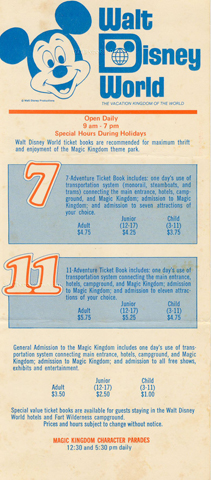
In the beginning there were E-Tickets. Yes, I know . . . there are at least two generations of folks out there who don’t know what old geezers like me are talking about when we refer to an E-Ticket. So, let me explain!
In 1971 when Walt Disney World opened they used the same ticketing system that had worked successfully at Disneyland since 1959. Guests paid a small General Admission fee ($3.50 for an adult) and then paid an additional fee for each attraction they visited. The attraction fees were paid using pre-packaged booklets of tickets which guests could purchase at the Ticket and Transportation Centre or at several booths in the park.
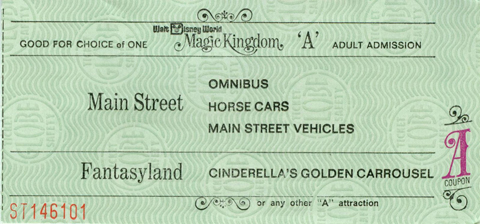
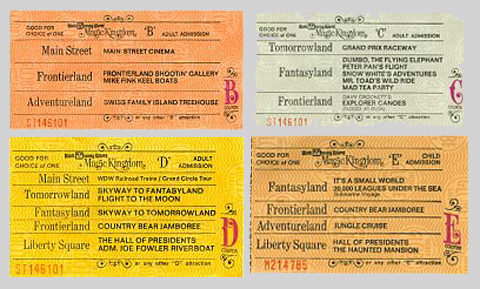
The most popular attractions were referred to as “E-Ticket Rides” since they required an E-Ticket from your book. The mildest or least popular attractions required an A-Ticket. All rides and attractions were marked with the type of ticket required!
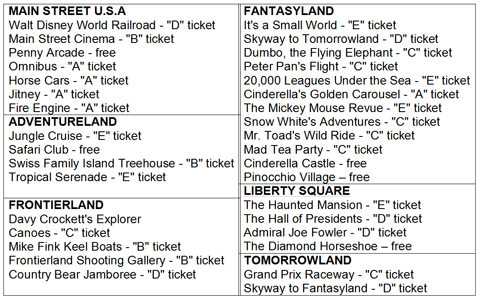
In those early years there were several “Adventure Magic Key Ticket Books” with tickets for 7, 9 or 11 adventures. The 11 Adventure Magic Key Ticket Book cost $5.75 in 1971 and contained one A-Ticket, one B-Ticket, two C-Tickets, three D-Tickets and four E-Tickets. Additional tickets could be purchased individually if you needed them.
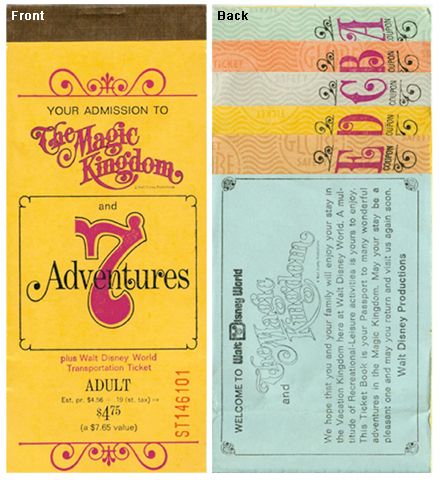
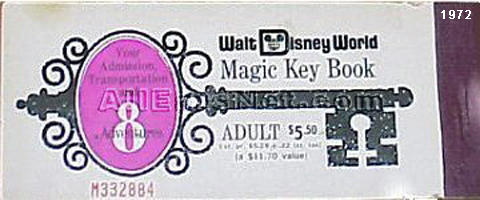
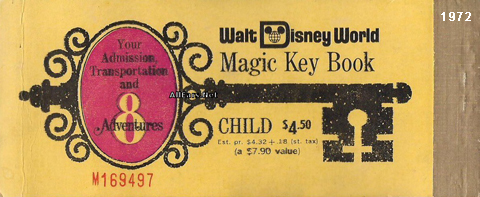
At each attraction guests would tear the appropriate ticket out of their booklet and present it to the cast member. It sounds cumbersome by today’s standards, but that’s the way things worked 40 years ago and it worked well.

Prices slowly increased during the 70’s and the ticket booklets changed as well. By 1976 there was a 2 day 18 Adventure Book.
When I first visited the Magic Kingdom in 1977 things were a bit different; they were still selling books of tickets, but guests could now purchase a 2-Day Magic Kingdom Passport which covered Magic Kingdom admission for 2 days, all rides and attractions, two days transportation to Magic Kingdom and the Lake Buena Vista Shopping Center. This was my first Disney ticket; although the Adventure books continued until 1982 – I never used an E-Ticket!
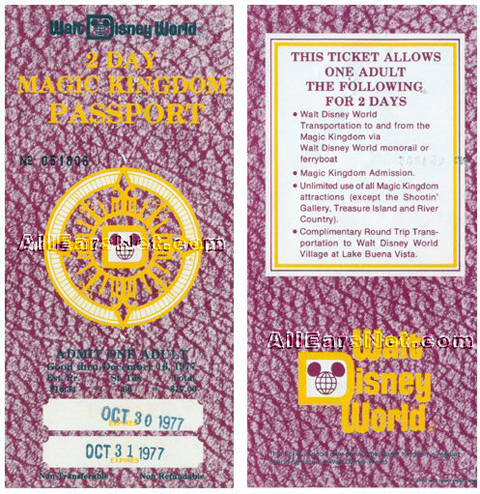
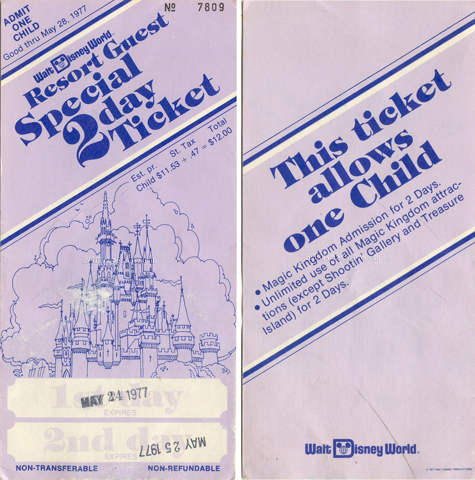
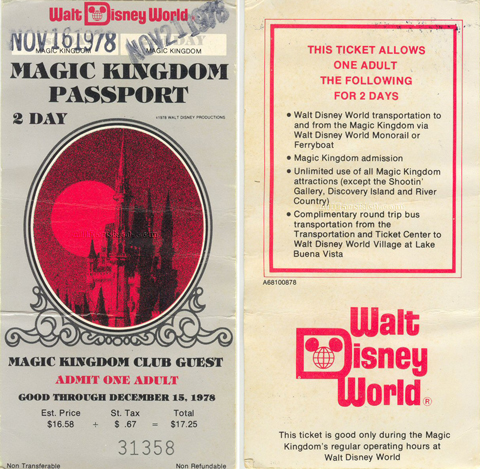
Things changed in late 1982 when EPCOT opened. The ticket booklets were phased out in June of that year and guests could only purchase one day passports for either park or multi-day World Passports which included both parks and allowed access to all attractions. These paper tickets were stamped with the date as guests entered the park. Re-entry was permitted with a hand-stamp. (The “Park-Hopper” was born! However, it wasn’t until 1994 that the term “Park-Hopper” was coined by Disney and added as a ticket option.)
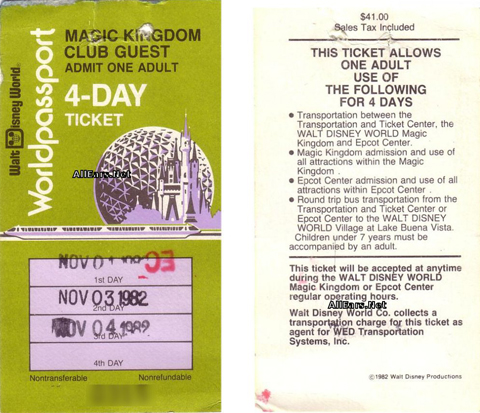
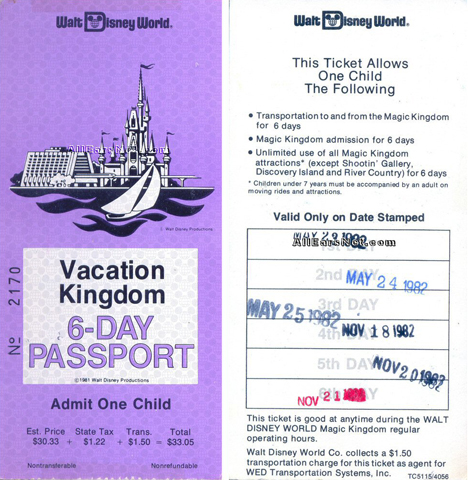
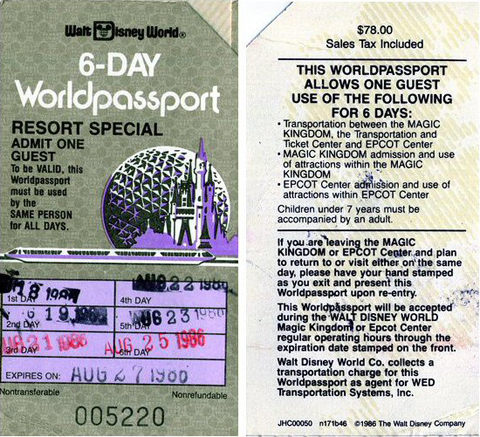
The first Annual Passport was introduced in 1982; what a bargain at $100.00. Alas, I have no picture of one of those original passports. Today Annual Passports entitle holders to discounts in many Disney shopping and dining venues as well as periodic discounts at some Disney resorts. I have been unable to determine if these discounts were available in the 80’s.
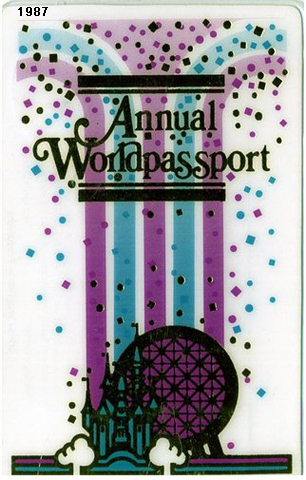
The Annual Passport pictured below, purchased in November 1989, was the first of many Annual Passports for my wife Carol. In addition to unlimited entry at the theme parks, it also provided free parking and a discount at Disney resort hotels.
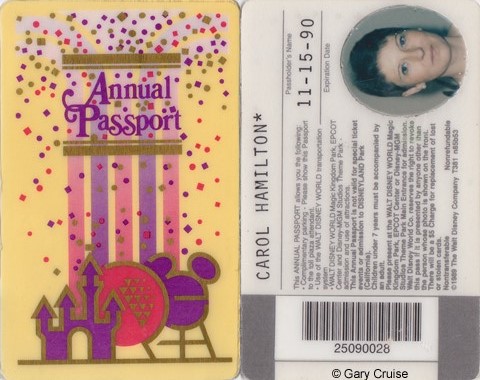
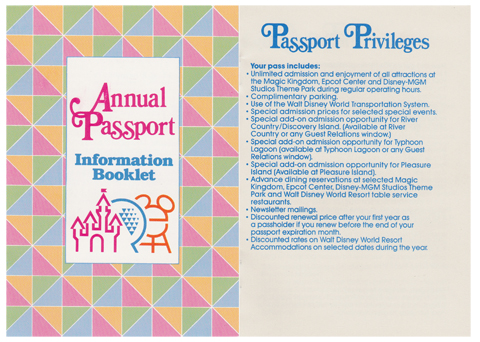
Disney-MGM Studios opened May 1, 1989 and that brought some more changes. The one-day ticket now cost $28.00 and covered any one of the three parks, with a re-entry privilege, but no park-hopping.
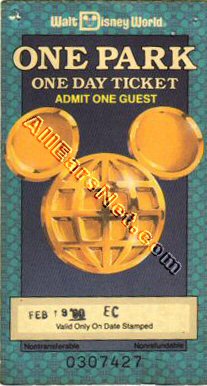
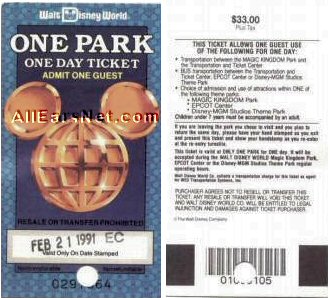
The three, four or five-day World Passports did allow park-hopping.
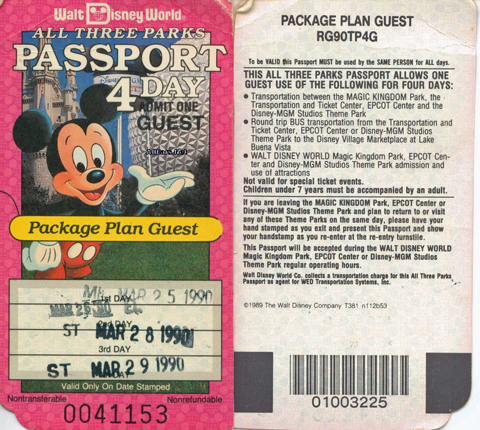

The 1990’s brought a multitude of changes. In 1990 a 5-Day Plus Super Pass was introduced. It covered all three theme parks, plus Pleasure Island, Typhoon Lagoon, River Country and Discovery Island. Wow – that’s a lot of park hopping for $110.00
What could possibly be better than 5-Day Plus Super Pass? I’m so glad you asked! In 1991 along came the 5-Day Super Duper Pass – it included unlimited admission to the Disney-MGM Studios, Magic Kingdom and EPCOT Center any five days with no expiration date, plus unlimited admission for seven days to Typhoon Lagoon, River Country, Discovery Island and Pleasure Island. Naturally it included unlimited use of the transportation system linking the parks.
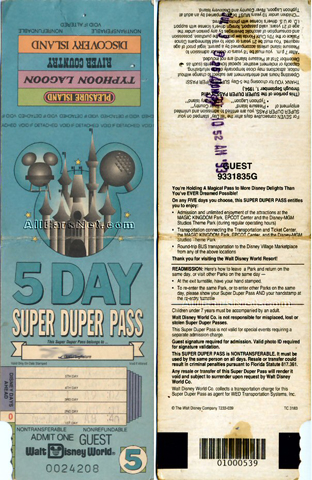
In 1992 technology began to creep into the ticketing process. Disney switched from all hand stamped tickets to turnstiles that automatically read the ticket’s bar code, stamped the admission tickets and punched out a number from the lower left corner of the ticket each time an admission was used. At the same time, 4-Day All Three Parks Passports were replaced by a 4-Day Super Pass and a 4-Day Super Duper Pass.
In 1994 they discontinued sales of the Super Pass and Super Duper Pass and coined a new term, Park Hopper, when they introduced the 4-day Park Hopper and the 5-day World Hopper. Disney introduced the first Premium Annual Passport this year, to the best of my knowledge this was the first plastic card, credit card sized. The Premium Annual Passport included unlimited access to the three theme parks, two water parks, Pleasure Island and Discovery Island.
I haven’t been able to determine when Walt Disney World began adding guest pictures to Annual Passports, but it was 1989 or earlier since Carol’s picture is on that 1989-90 passport pictured above. Those guest photos were discontinued in 1996, the same year that mylar paper tickets with a magnetic strip on the back replaced the previous paper tickets with bar codes.
For the first time, different categories of ticket displayed the same image on the face of the ticket. A 5-day ticket and a 10-day ticket might look identical on the surface; the magnetic strip contained information on the guest’s entitlements and privileges. Biometric finger scanners were added in conjunction with the new magnetic strip tickets.
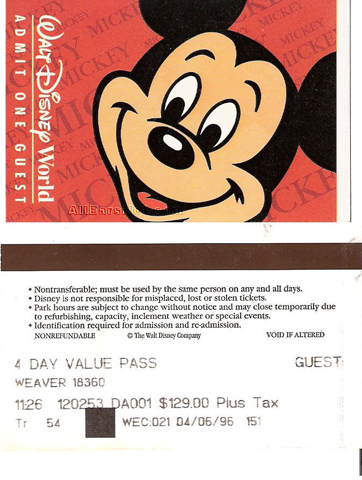
Both Disney’s Animal Kingdom and DisneyQuest opened in 1998. Admission to the Animal Kingdom park was included in all multi-day Park Hopper passports and admission to DisneyQuest was included in the Premium Annual Passport.
The next significant change in tickets took place in 2005 when the “Magic Your Way” ticket was introduced. This ticket plan has changed a bit but remains in effect today. Guests could purchase a one, two, three or four day Magic Your Way Base Ticket which gave access to any one park each day of the term – there was no Park Hopping with the base tickets. There were also five, six, seven, eight, nine and ten day Magic Your Way tickets which gave guests the option of purchasing a Park Hopper feature and a Water Park Fun & More feature.
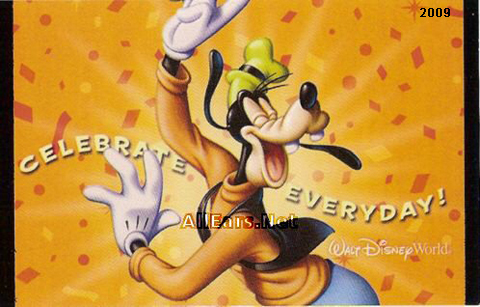
In March 2010 the new Premier Passport was offered. This ultimate passport includes all the features of the Premium Annual Passport, unlimited access to the four Florida theme parks, the two Florida water parks and DisneyQuest but it also includes unlimited entry at both Disney theme parks in Anaheim California. Sounds like a “must-have” for every true Disney fan! Carol and I used Premier Passports in 2010 and again in 2013. We really enjoyed the 20% discount on merchandise and food purchases and were disappointed when Walt Disney World reduced it to 10% in 2013. The discount is still 20% at Disneyland Resort in California.
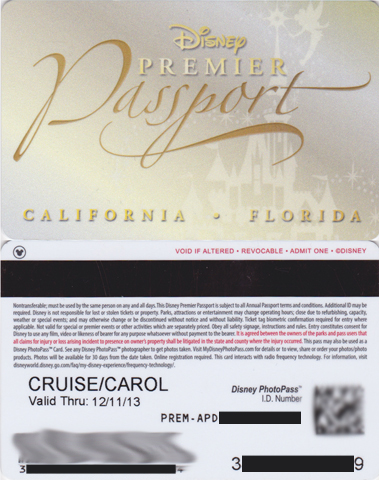
This brings us to the most significant ticketing change in Disney history – Magic Bands.
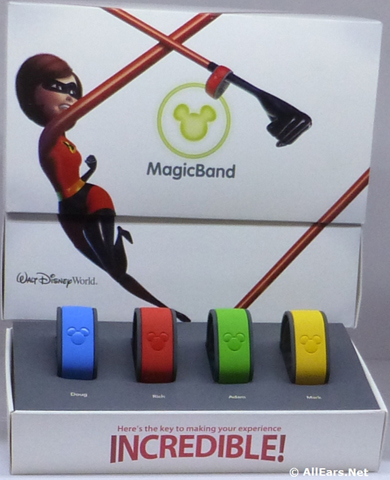
Disney is spending about a billion dollars (that’s right – billion – with a “B”) to take advantage of RFID technology. The program started trials in September 2013 with selected resort guests and was very recently expanded to include Annual Passholders. These guests now receive a wrist band which contains an RFID chip.
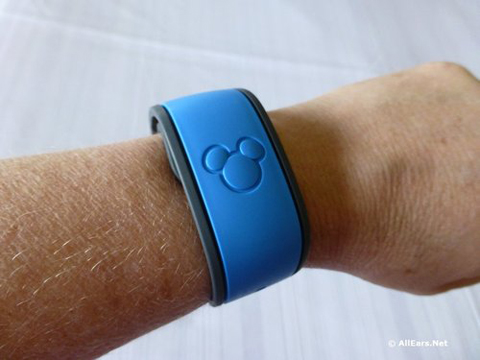
The ticketing structure and pricing remains unchanged and guests still receive a plastic ticket in the form of a Key To The World Card or Annual Passport, but all of their entitlement data is programmed on the RFID chip. There is no need to show your ticket when you enter a park, just hold your Magic Band up to a scanner, place your finger in a biometric reader, and away you go.
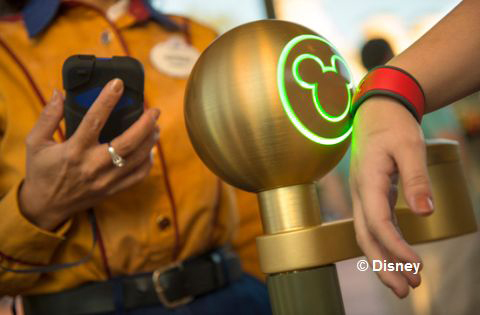
The band also unlocks the door to your room in a Disney resort and it will open the entry gate when you drive into the resort. If you have a credit card on file with Disney and have elected to have charging privileges, the band even acts as your credit card – just scan it and enter your PIN.
What else can the bands do? Well, some pretty amazing stuff! You can use them with the “My Disney Experience” program to manage FastPass+. Up to 60 days before your trip to Walt Disney World, from the comfort of your own home, you can go online and book up to three FastPass+’s for each day of your trip.
On the appointed day, during the pre-determined one-hour time window you simply head to the FastPass Return line, scan your Magic Band and away you go! There is no need to get to the park early and rush off to pick up a FastPass. How cool is that! Alas, you can only get FastPass+’s for one park per day – no Park Hopping. I hope that option comes along soon.
A quick word of advice – be sure to use My Disney Experience to book your FastPass+’s in advance. All the old FastPass distribution machines have been removed from the parks. There are a few FastPass+ kiosks in the parks but at this point in time the lines are long. Very long!
So, in 43 years Disney has moved from little booklets of tear-out tickets to the amazing RFID technology of today’s Magic Bands. I don’t know about you, but I have certainly enjoyed the journey!
I wonder what the next step in the evolution will be?
P.S. AllEars.net Archivist Jack Marshall has compiled a very detailed list of prices for specific tickets, year by year, and pictures of hundreds of vintage old tickets. Click this link to see more: WDW Ticket History


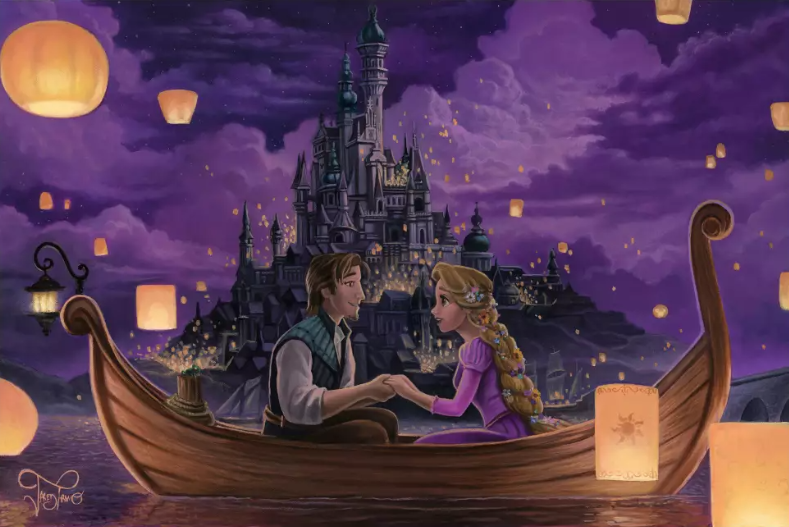

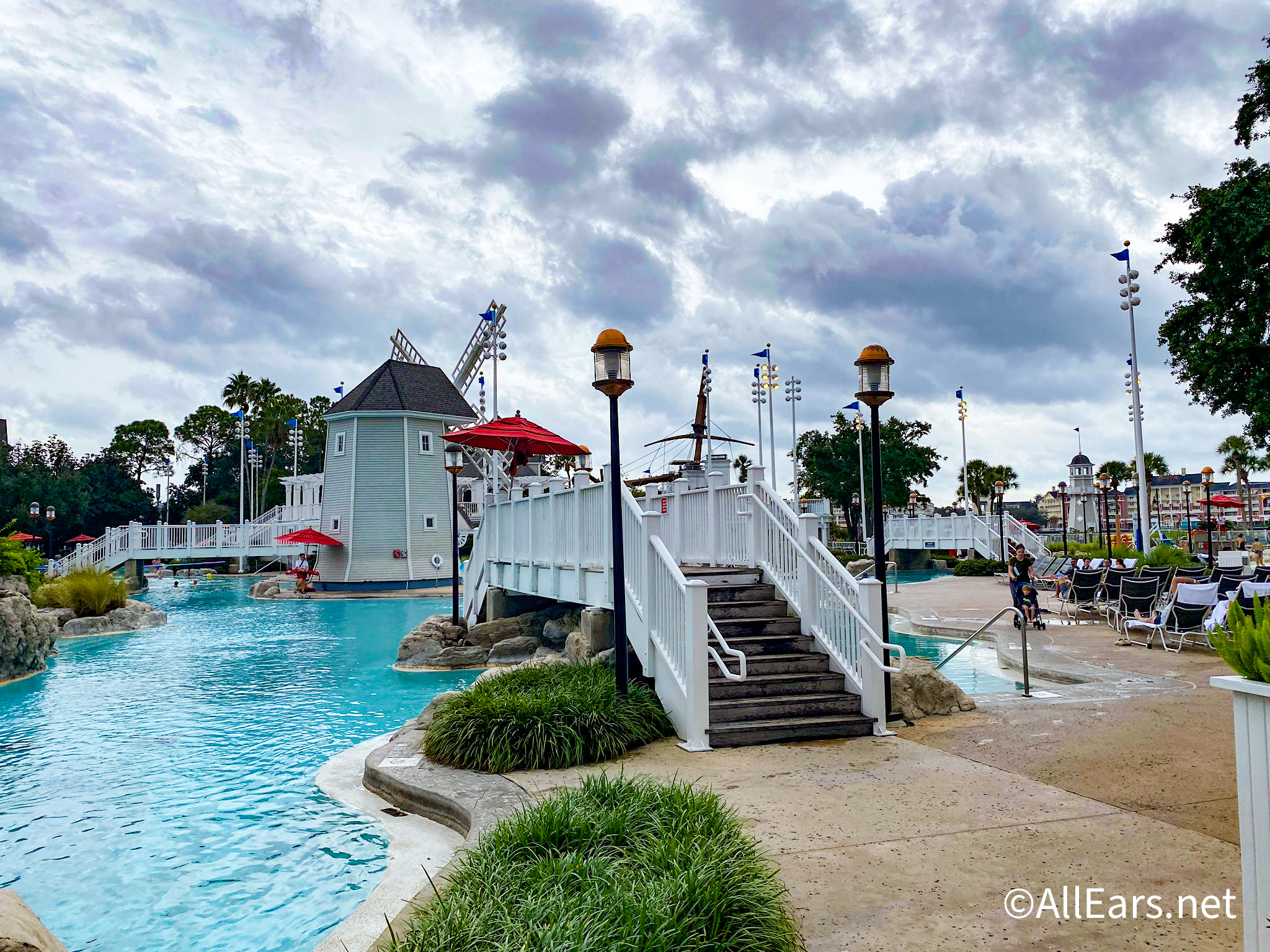
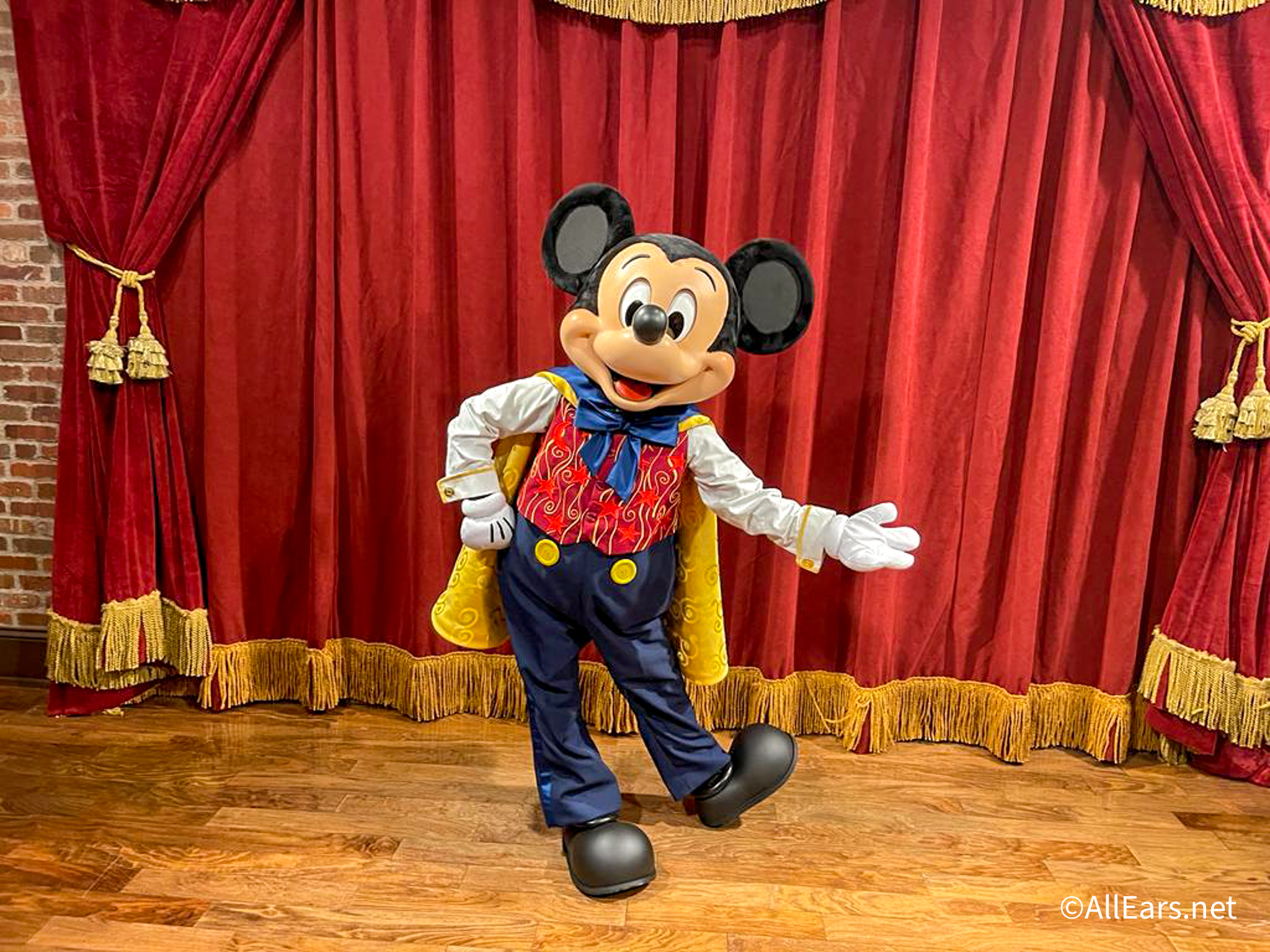


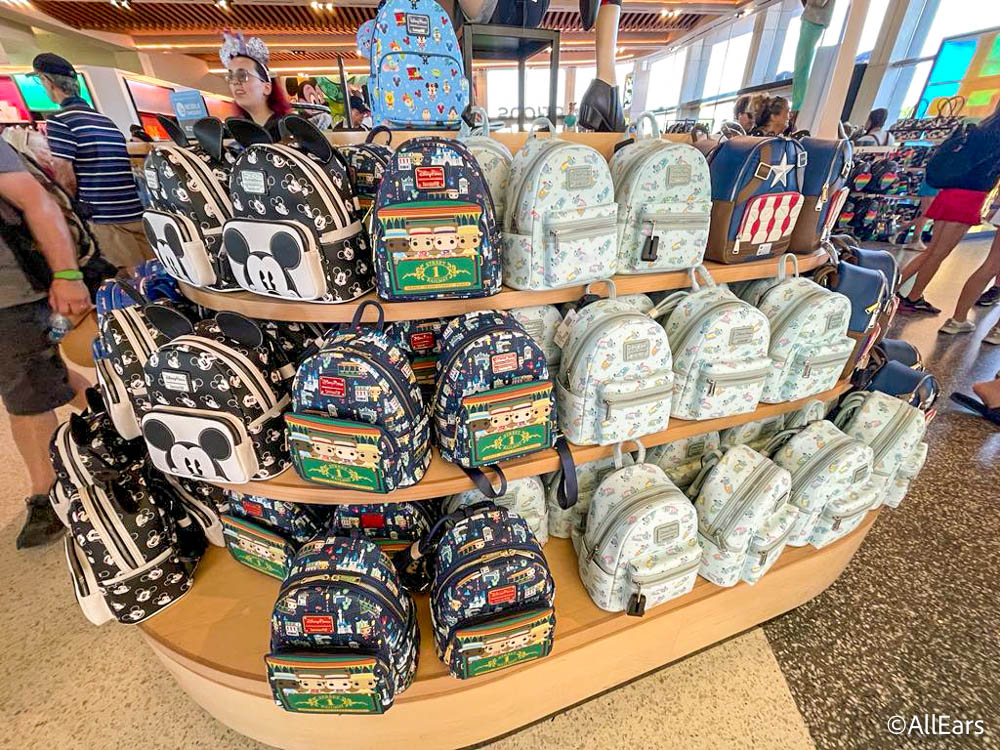

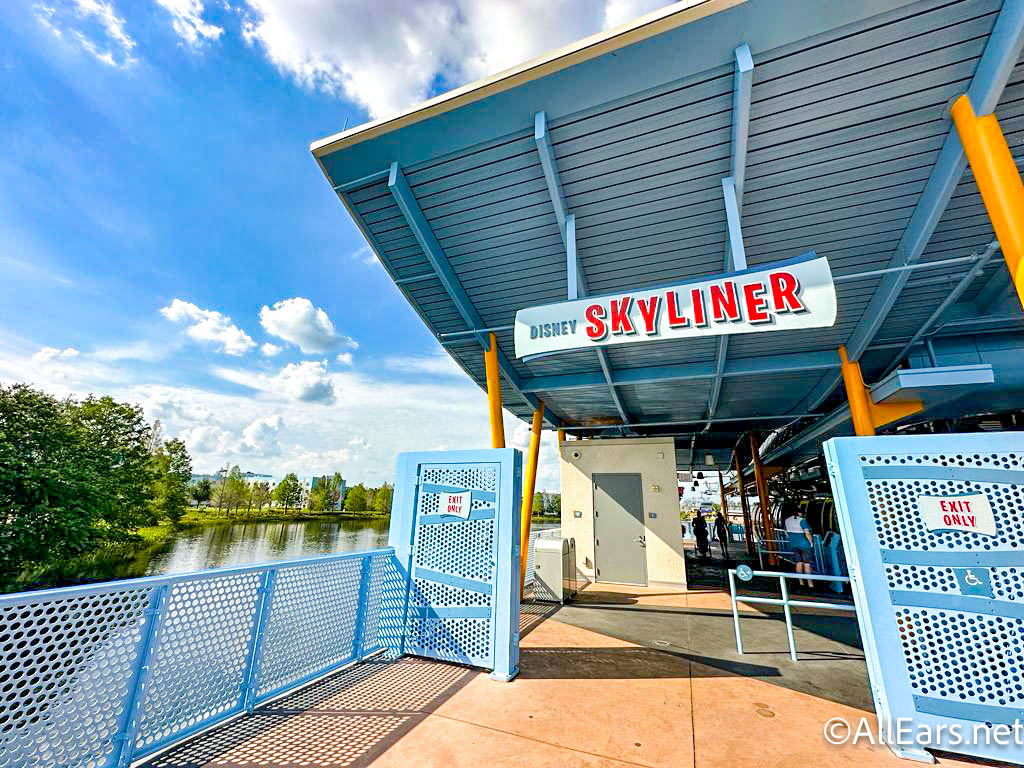
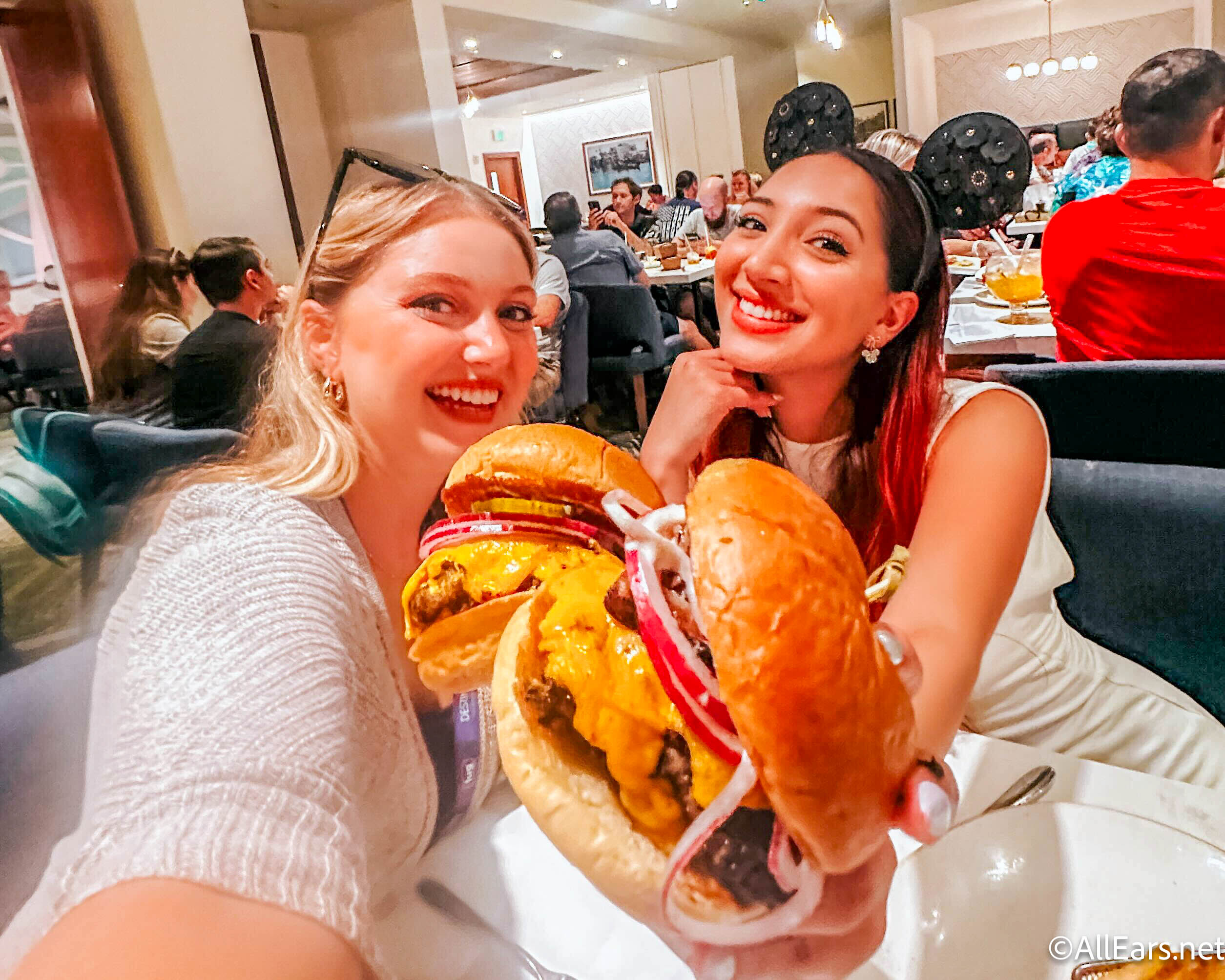
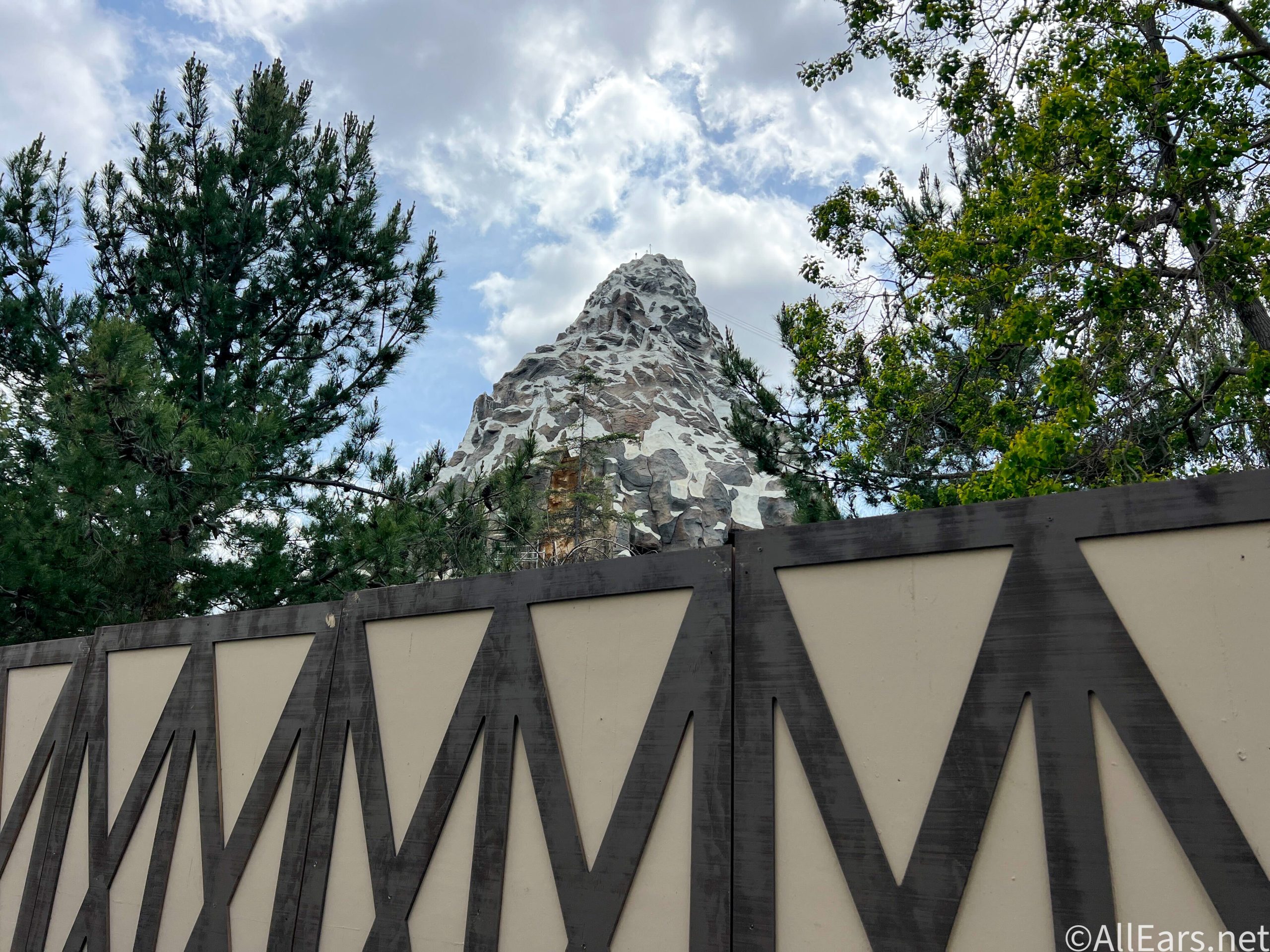

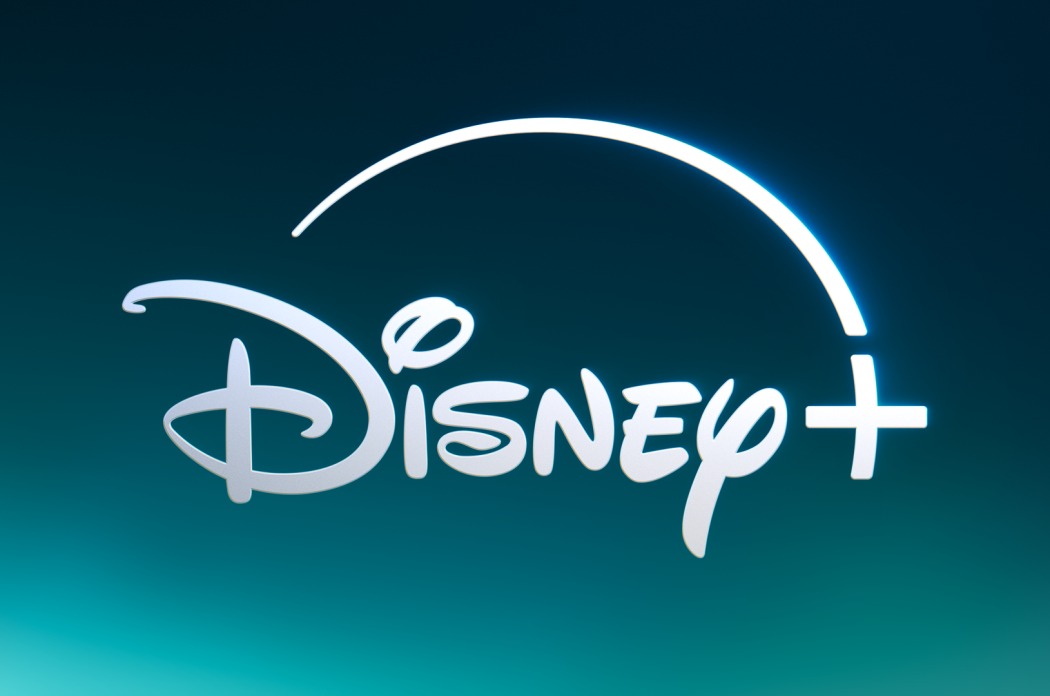
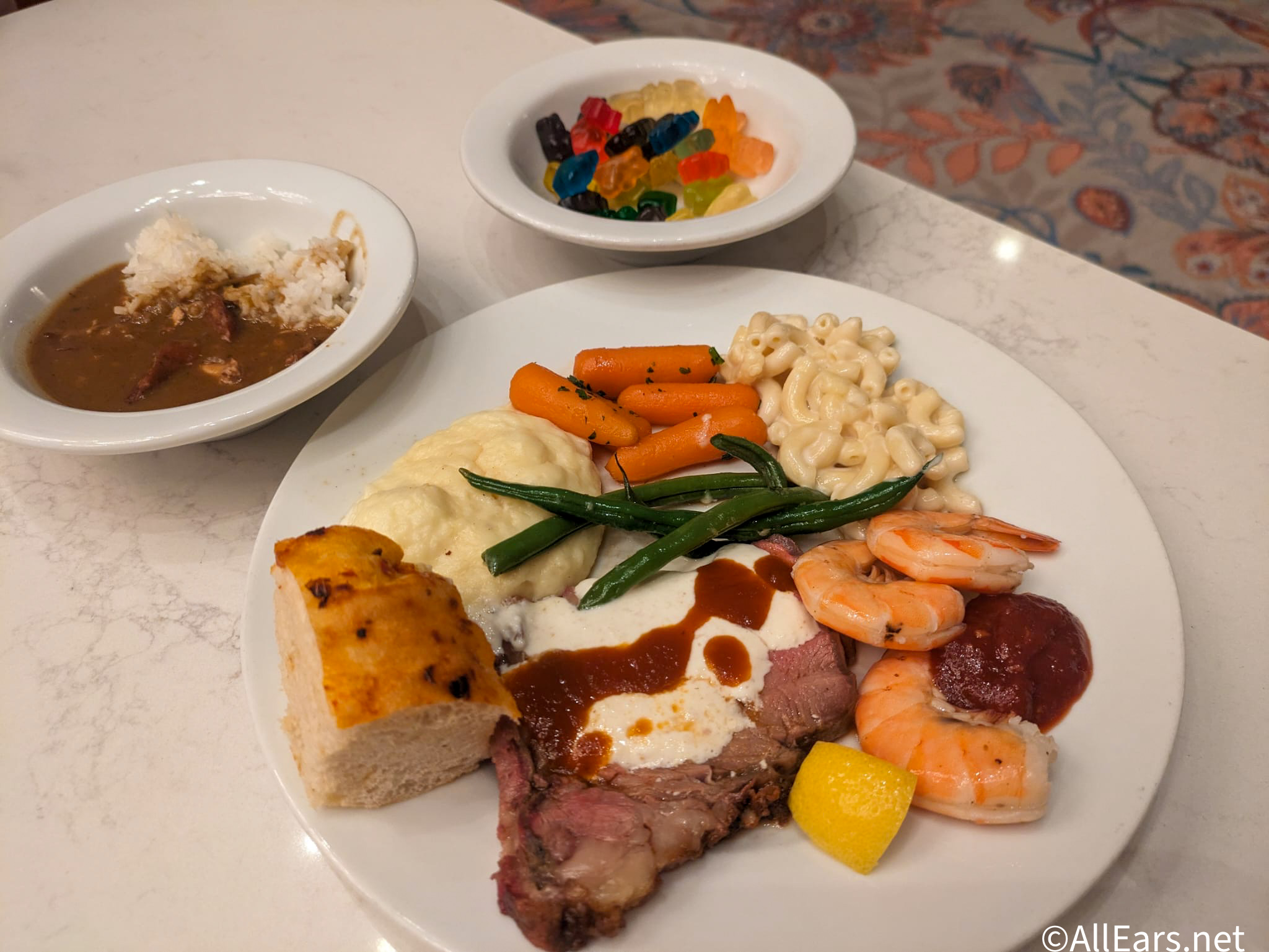
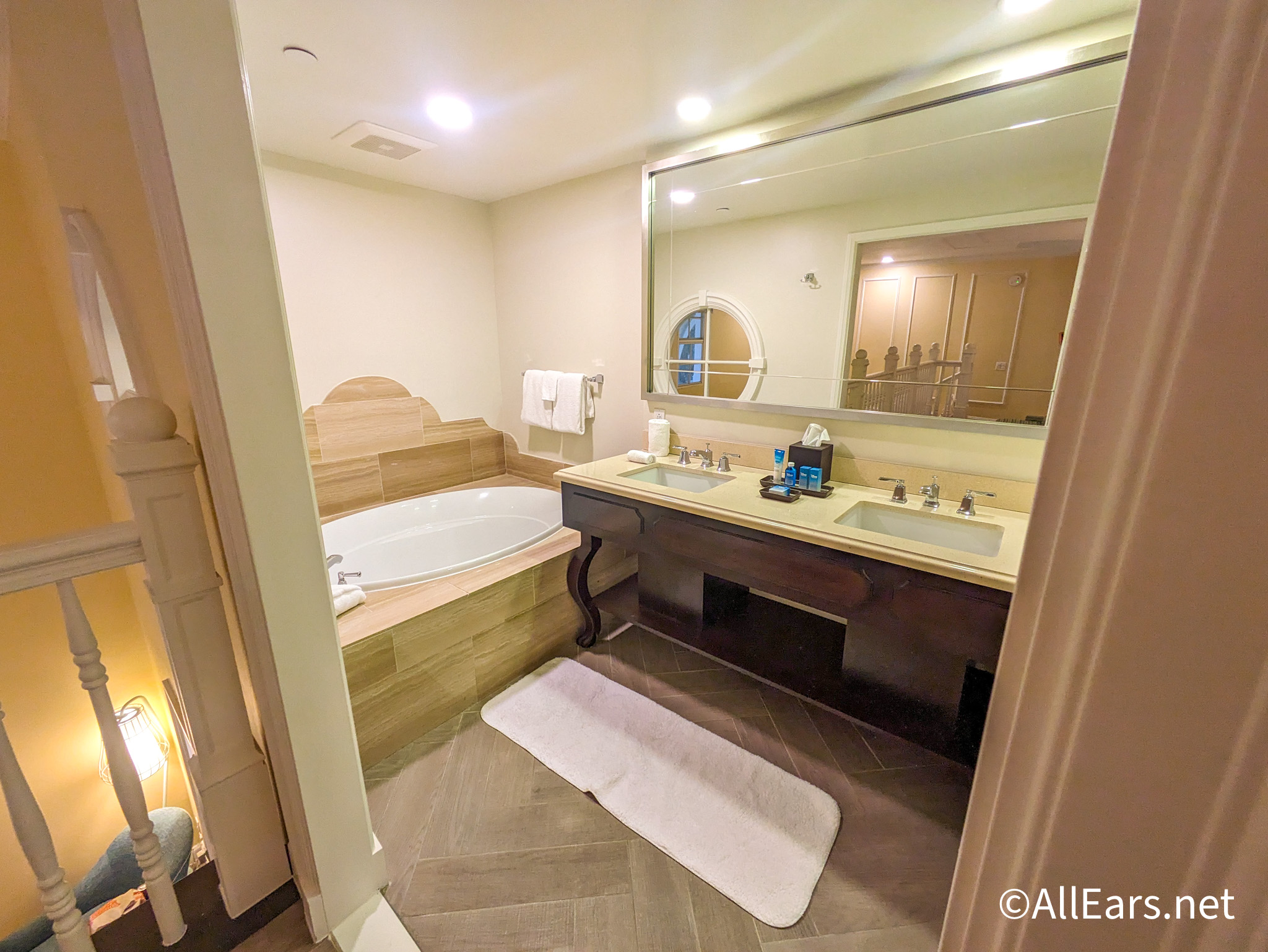

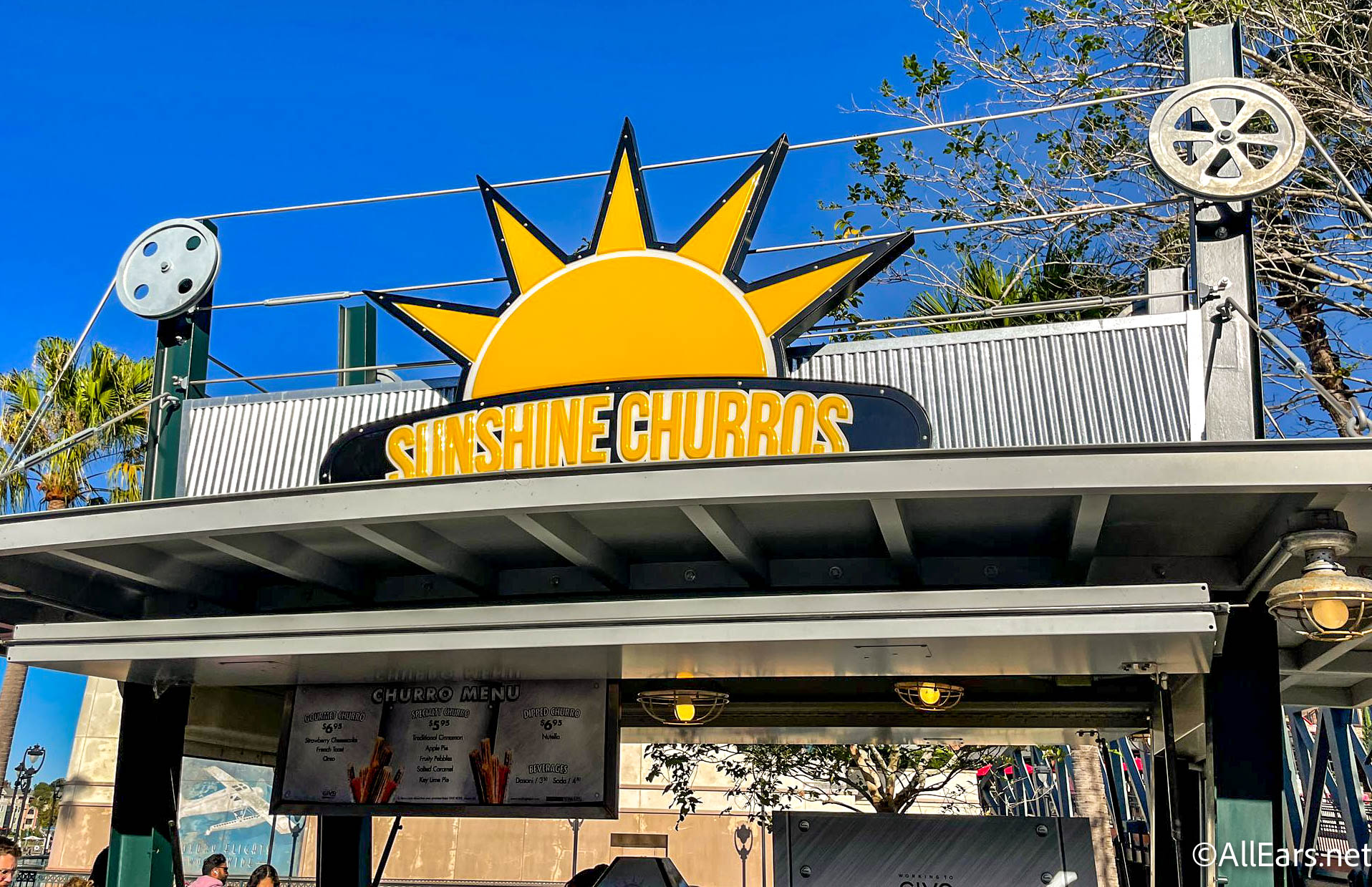
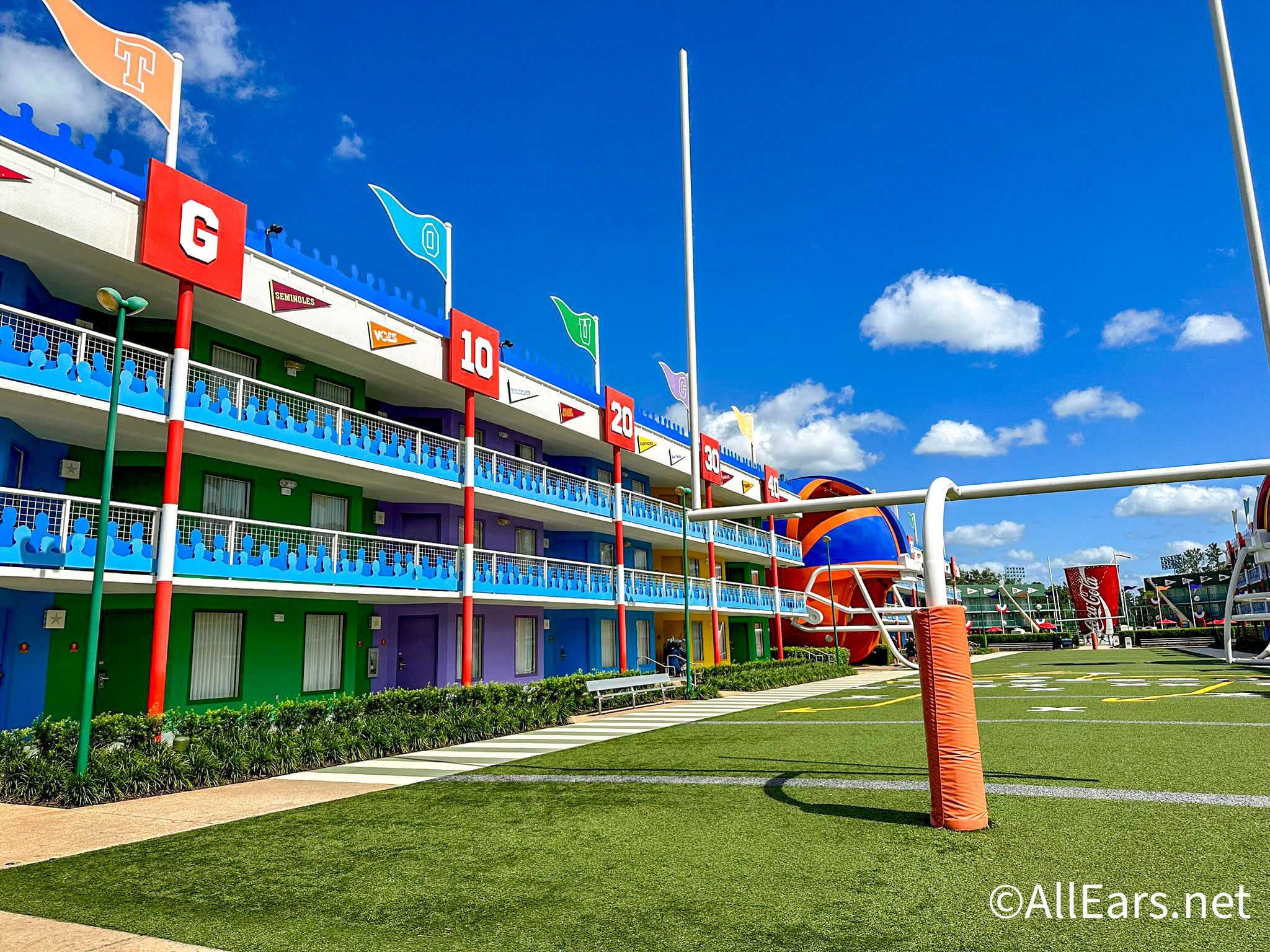

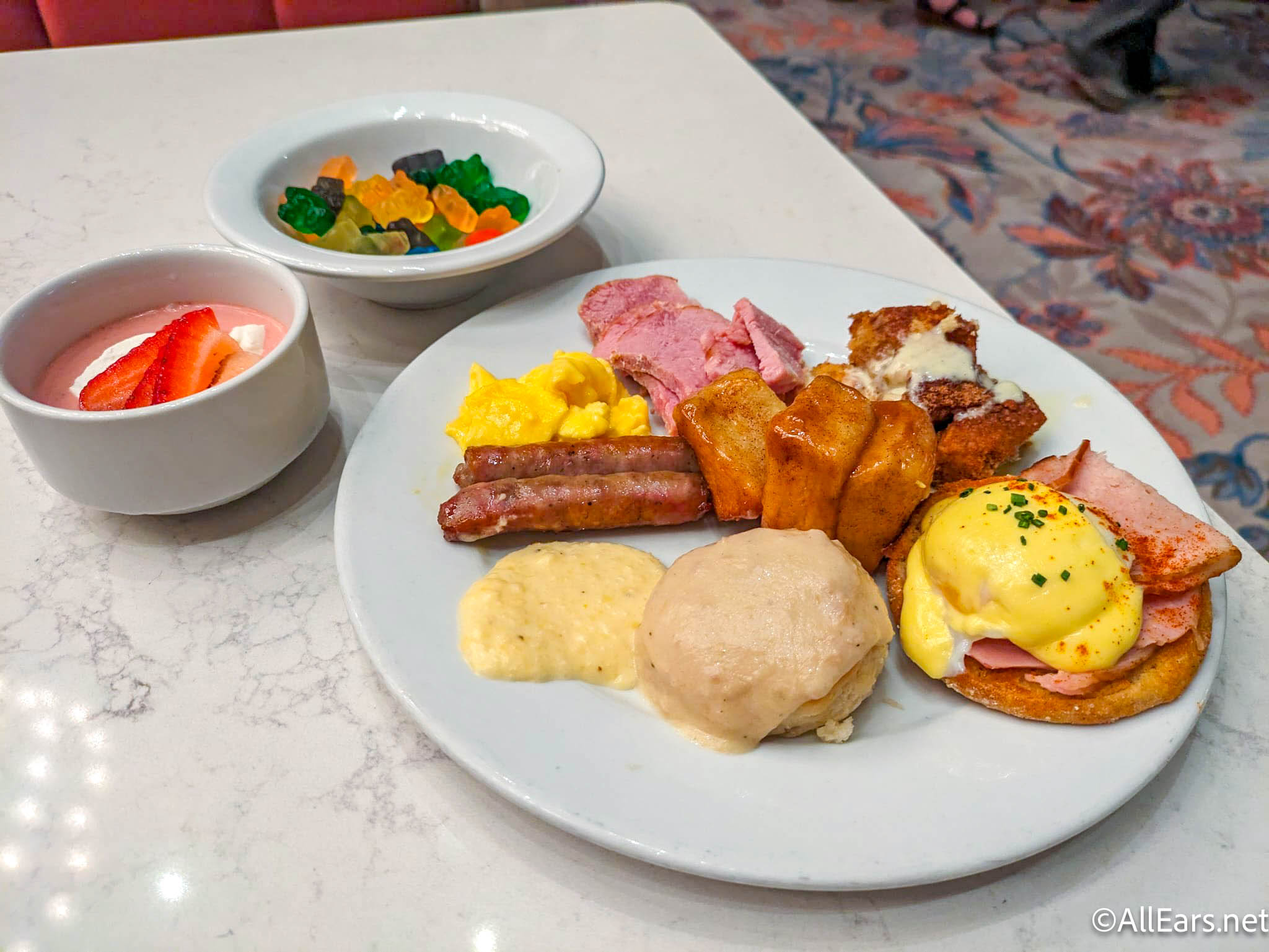

I am looking forward to using the magic bands on my upcoming trip in 9 days!!!!
I remember you could buy extra E, D etc, tickets at those small kiosk that eventually turned into Kodak film kiosks. Funny no more tickets and no more film.
Hi Gary –
Great column! First time I went was March 1978 and had an A through E ticket book I could use over two days. Next trip in 1993 used unused One Day One Park tickets. I believe the placing of the Guest’s photo on the tickets began in 1994. That was the only year I ever had my picture on a multi-day ticket. In 1995 the photo was gone from my World Hopper Plus (I think that’s what it was called) ticket. I’ve had Premium Annual Passes, Length of Stay and 9-10 day Magic Your Way + Park Hopper (and once + Water Parks) passes. I’m looking forward to experiencing Magic Bands and all the new technology – hoping it will have been expanded and debugged by the time I get back in 2015 (2014 with a lot of luck).
Looking forward to your next blog.
– Jeff
Gary,
Thank you for the walk down memory lane – a number of the different tickets look familiar.
Your story brought to mind a story from 1978, when I visited WDW as an 8-year old with my family.
While enjoying an afternoon drink, a kind gentleman called me and my Mom over to his table. He was leaving the next day and was happy to share some of his extra A-E tickets. A nice gesture, that I remember to this day.
In recent years, I would often do something similar with FastPasses we were unable to use.
Alas, the new technology makes such gestures a thing of the past, so I guess I’ll need to think up another random act of kindness.
[Gary adds: Thanks John. I’ll also miss being able to give (and receive) those random acts of kindness!]
Great read Gary, thank you for the article.
I also never used an “E-ticket” though I am old enough. At my first visit as a schoolkid, late 70’s, my parents were excited that we could buy a 3 day passport that enabled us to go to MK two days and also to either River Country or Discovery Island (we did the water park) which at the time I did not know was a relatively new thing for Disney.
The amusement parks in Ohio by then were already doing the one ticket to get in with unlimited rides strategy so naturally I thought the biggest and best theme park in the world would be likewise… so it really shocked me as a kid to see people still using tickets at MK like it was a big carnival or something.
I also remember thinking that the passports we hung around our necks or tied into our clothing were an awful lot like a ski resort lift ticket. =)
What an interesting article! Great job, as usual, Gary. It was nice to see so many of the old tickets and have a time line to follow. Wish I had kept all my old coupon books from DL. It amazes me how far things have come in this regard. I can’t understand the folks who are complaining about the new system being too invasive. To me it’s convenient and helpful. I think there are more positives than negatives. Gary, with the new bands, is it possible to find a lost child via the band?
[Gary adds: Thanks Jane – I’m pretty sure the bands do not have a GPS tracker. You never know, it may come someday.
Like you, I disagree with the folks who fear that the technology is too invasive. I can’t visualize Mickey Mouse in a “big-brother-ish” role. LOL]